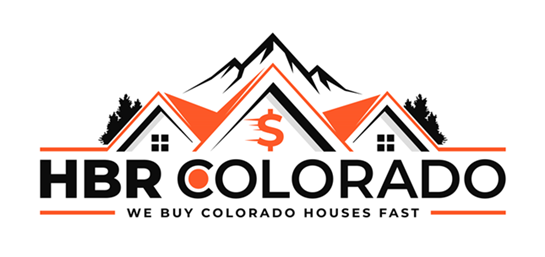Introduction
Colorado’s picturesque landscapes, vibrant cities, and diverse communities make it an attractive destination for residents and businesses alike. However, the responsible development of land and properties is crucial to preserving the state’s natural beauty and maintaining its quality of life. To achieve this balance, Colorado relies on comprehensive land use planning and development regulations. In this article, we’ll explore the essential aspects of land use planning and zoning regulations that govern property development in Colorado.
The Role of Land Use Planning
Land use planning is the process by which communities in Colorado decide how land should be utilized, developed, and protected. The primary goals of land use planning are:
- Sustainable Development: Promoting development that meets the current needs of the community without compromising the needs of future generations.
- Environmental Preservation: Preserving natural resources, open spaces, and critical ecosystems.
- Quality of Life: Enhancing the quality of life for residents through well-planned neighborhoods, efficient transportation systems, and access to amenities.
Zoning Regulations
Zoning regulations are a fundamental component of land use planning. These regulations divide land within a municipality or county into different zones or districts, each with specific permitted land uses and development standards. Common zoning categories in Colorado include residential, commercial, industrial, and agricultural zones. Some key points related to zoning regulations in Colorado include:
- Zoning Codes: Colorado municipalities and counties have their own zoning codes, which outline land use regulations specific to their jurisdictions.
- Conditional Use Permits: In some cases, property owners may apply for conditional use permits to deviate from standard zoning requirements. These permits are typically granted when a proposed use aligns with the broader community’s goals.
- Variances: Property owners can request variances from zoning regulations if they can demonstrate that strict adherence would cause undue hardship.
The Planning Process
Colorado’s land use planning process involves several steps:
- Master Planning: Communities create comprehensive master plans that guide development over the long term. These plans outline a community’s vision for land use, transportation, infrastructure, and environmental stewardship.
- Zoning Maps: Zoning districts are designated on maps, specifying where different types of development are permitted.
- Development Review: Property owners seeking development permits or approvals must go through a review process, which may include public hearings and input.
- Building Codes: Building codes in Colorado Springs ensure that structures meet safety and structural standards. These codes are enforced during construction.
Balancing Growth and Conservation
Colorado’s unique landscapes present both opportunities and challenges for land use planning. Balancing growth and conservation is a continuous effort to protect natural resources, promote sustainable development, and accommodate the needs of a growing population.
Conclusion
Land use planning and zoning regulations play a vital role in shaping Colorado’s communities, protecting its natural beauty, and ensuring responsible development. By adhering to these regulations, Colorado can continue to thrive as a place where residents, businesses, and visitors can enjoy the state’s abundant resources while preserving them for generations to come. Property owners, developers, and local authorities must work collaboratively to strike the right balance between growth and conservation in the Centennial State.
